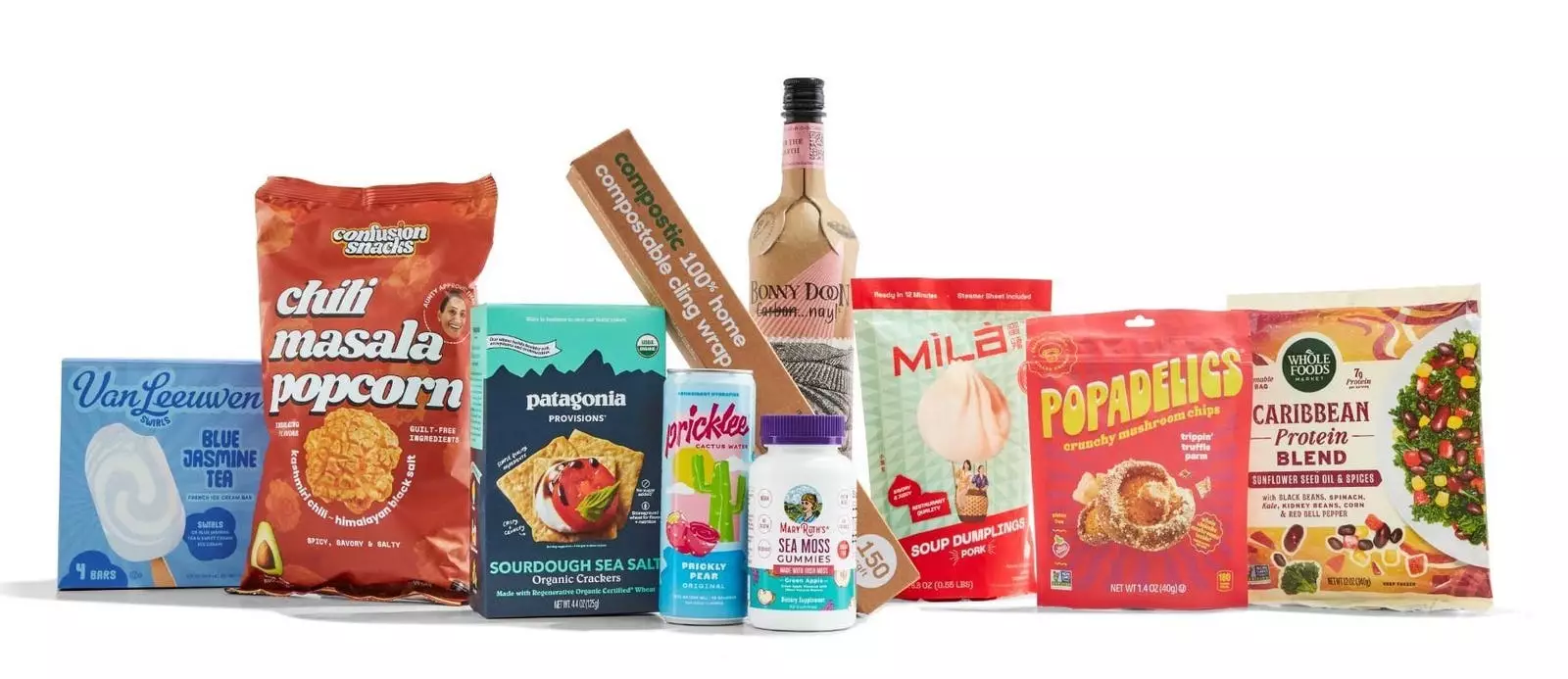As we approach 2025, a significant shift in consumer preferences is anticipated, as organizations like the Whole Foods Market Trends Council highlight the evolving landscape of food and beverages. This coalition of over 50 experts—including culinary innovators, foragers, and buyers—has undertaken a comprehensive analysis of current consumer interests and food movements. Their insights illuminate the transformative nature of food culture, revealing trends that are poised to reshape our dining experiences.
One of the standout predictions for 2025 is the rise of salty snacks infused with global flavors. As consumers become more adventurous, brands are capitalizing on cultural storytelling to market products that echo international tastes and experiences. With easy accessibility to traditional snacks like chili masala popcorn and Korean seaweed chips, consumers are not just snacking; they are indulging in a form of culinary tourism from the comfort of their homes. This trend not only reflects a growing appetite for diversity in flavor but also invites brands to authentically share their cultural heritage, enriching the consumer experience with a deeper understanding of the origins of these snacks.
Furthermore, traditional staples like dumplings are evolving beyond their typical roles. These beloved bites are being transformed through innovation and fusion, thriving in the convenience-focused market. As we see variations like the pepperoni pizza bao buns and savory chick’n naan bites, it becomes evident that the modern consumer seeks adaptability in their meals—enabling them to embrace comfort food while simultaneously being open to culinary experimentation.
The quest for crunch has led to an increasing demand for textured foods, which aim to enhance not just the experience of snacking but also the overall meal structure. The burgeoning market for crunchy ingredients—such as sprouted nuts, roasted chickpeas, and mushroom chips—indicates a significant shift in how textures are being integrated into various meals. Innovative seasonings, like chili crisps, are transcending traditional uses as they make their way onto salads, pastas, and even desserts. This trend showcases a dynamic approach to cooking, where the incorporation of texture is seen as essential rather than supplementary, encouraging consumers to elevate everyday meals with a splash of creativity.
In a time when wellness is more valued than ever, consumer focus is shifting towards innovative hydration solutions. The rise of nutrient-infused beverages—where electrolytes meet fun flavors in popsicles or cactus waters enriched with antioxidants—reflects a greater desire for health-focused options that don’t compromise enjoyment. These alternatives appeal to health-conscious consumers looking to diversify their hydration routine, steering clear of artificially flavored sports drinks. The transformation of hydration reflects a holistic understanding of health, where flavor and nutrition coexist harmoniously.
The expansion of teas in various forms—from trendy sparkling teas to unique craft cocktails infused with ingredients like chai and Earl Grey—further illustrates the growing versatility of this ancient beverage. The movement towards vintage-inspired social gatherings may even redefine traditional social rituals, marking a shift away from conventional happy hours toward serene tea parties that celebrate mindfulness and relaxation.
In a climate-conscious marketplace, the emphasis on sustainability has prompted brands to reconsider their packaging strategies. Companies are striving to implement compostable options, from cling film to broader packaging solutions, reflecting a commitment to environmental stewardship. The introduction of sustainable wine practices, such as lighter bottle weights, represents a proactive approach that mirrors consumer ecoconsciousness. As regenerative practices gain traction in the alcoholic beverage sector, the industry’s proactive response to sustainability challenges is a defining aspect of this trend.
The resurgence of sourdough—a byproduct of pandemic kitchen adventures—represents a transformation in bread consumption, with innovative applications spread across multiple product categories like crackers and brownies. At the same time, trends are directing consumer interest toward seafood sources, focusing on sustainable plant-based proteins such as sea moss and duckweed. These aquatic advancements not only provide dimensions of flavor and nutrition but also highlight the ongoing search for alternative protein sources.
It’s also notable that new generations of consumers are gravitating toward “superfoods” like organ meats, integrating them into daily meals for their impressive nutrient profiles. The blending of traditional meats with organ meats offers a convenient way for consumers to embrace these nutritional powerhouses without the intimidation often associated with their preparation.
The predictions posited for 2025 by the Whole Foods Market Trends Council are telling of a more interconnected and health-oriented food landscape. As consumers continue to push for innovation driven by cultural understanding, health consciousness, and sustainability, culinary and beverage industries will be compelled to adapt to meet these dynamic expectations. It’s a future filled with delightful possibilities where every meal tells a story, textures invite innovation, and sustainability reigns at the core of every choice.

